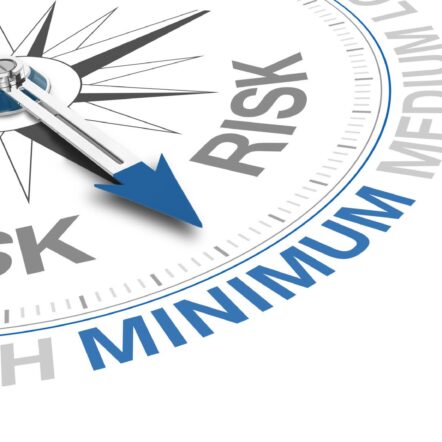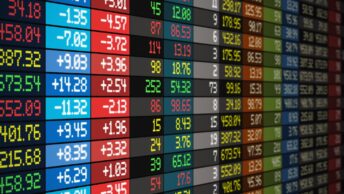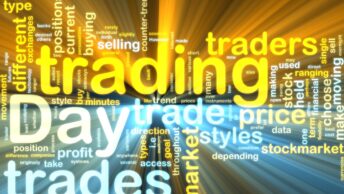Entering the realm of investment is an exciting venture that promises the potential for substantial financial gain. However, the path to success isn’t without its pitfalls. This is where risk management comes into play.
Risk management is the strategic approach to understanding, evaluating, and mitigating financial risks. It serves as your safeguard against unnecessary financial loss and is an essential skill for every investor.
As part of risk management, it’s crucial to understand the different types of assets you might be dealing with. One such category is risk assets.
However, what is a risk asset? In this article, we’ll provide you with 3 examples. Continue reading to find out.
1. Stocks and Shares: The Classic Risk Asset
When people think of investing, stocks are often the first thing that comes to mind. These are a share in the company and you have a claim on a portion of that company’s assets and earnings. While the potential for high returns is enticing, the nature of the stock market brings a level of risk that cannot be ignored.
Stocks are subject to price volatility, meaning the value of your shares can fluctuate dramatically over a short period. Various factors can influence these changes, such as:
- Company performance
- Market trends
- Global events
This volatility is why stocks are considered risk assets.
Managing the risks associated with stocks involves strategic planning and diversification. That includes spreading your investments across various sectors to mitigate the potential for financial loss. It’s also advisable to keep abreast of market conditions and perhaps consult a financial advisor for tailored guidance.
2. Cryptocurrencies: The New Kids on the Block
As we continue our journey through the landscape of risk assets, let’s turn our attention to a relatively new player: cryptocurrencies. Bitcoin, Ethereum, and other digital currencies have taken the investment world by storm.
What makes cryptocurrencies a tantalizing investment is their exponential growth potential. However, with this potential comes extreme price volatility.
Unlike traditional currencies regulated by governments, cryptocurrencies are decentralized. This means their value can swing dramatically due to:
- Market sentiment
- Regulatory news
- Technological changes
This high level of unpredictability classifies cryptocurrencies as risk assets.
3. Commodities: More Than Just Gold and Oil
As we explore further into the realm of risk assets, it’s time to talk about commodities. These are raw materials or primary agricultural products that can be bought and sold, such as:
- Gold
- Oil
- Even coffee beans
While they may not be as glamorous as stocks or as modern as cryptocurrencies, commodities are a key part of many investment portfolios.
However, diversification remains key. With it, you can offset the risks associated with any single one. Commodities often have an inverse relationship with other types of assets like stocks, providing a potential hedge against financial loss.
Unveiling the Mystery: What Is a Risk Asset and Why Does It Matter?
As we’ve journeyed through the world of investment, we’ve tackled the crucial question: What is a risk asset? From stocks and shares to cryptocurrencies, and even commodities, risk assets are diverse but united by a common thread. The potential for both high rewards and significant risks.
Ready to dive even deeper? Take a look at the YouTube channel ‘Figuring Out Money‘ for more valuable insights and strategies to conquer the world of investing.







